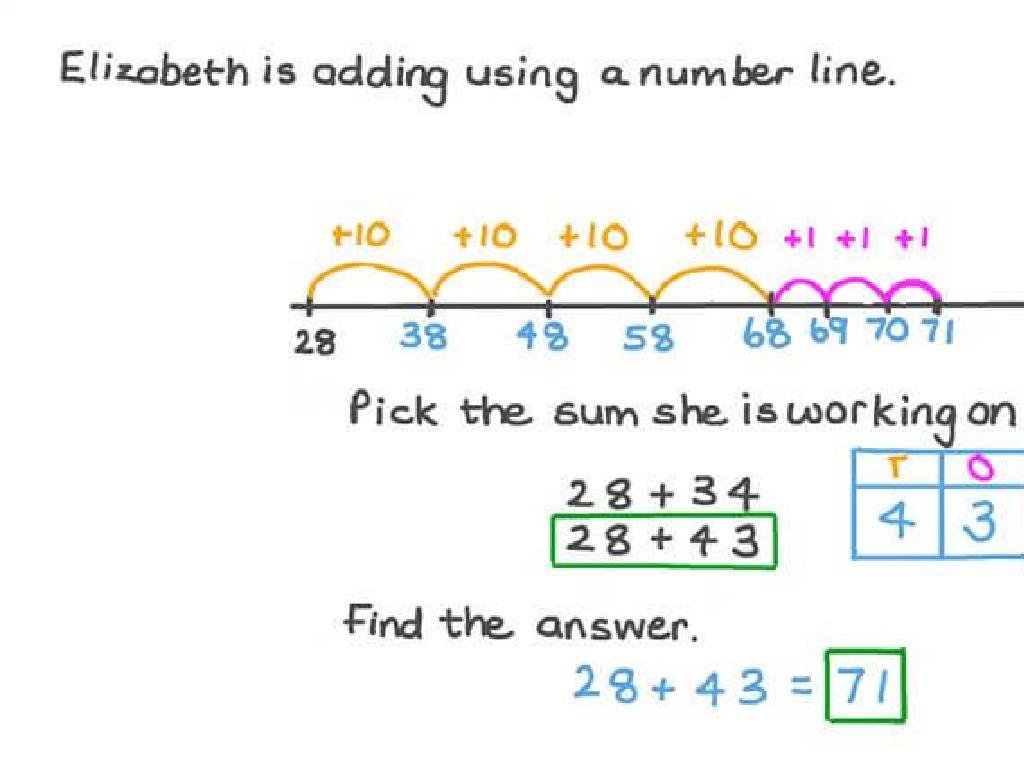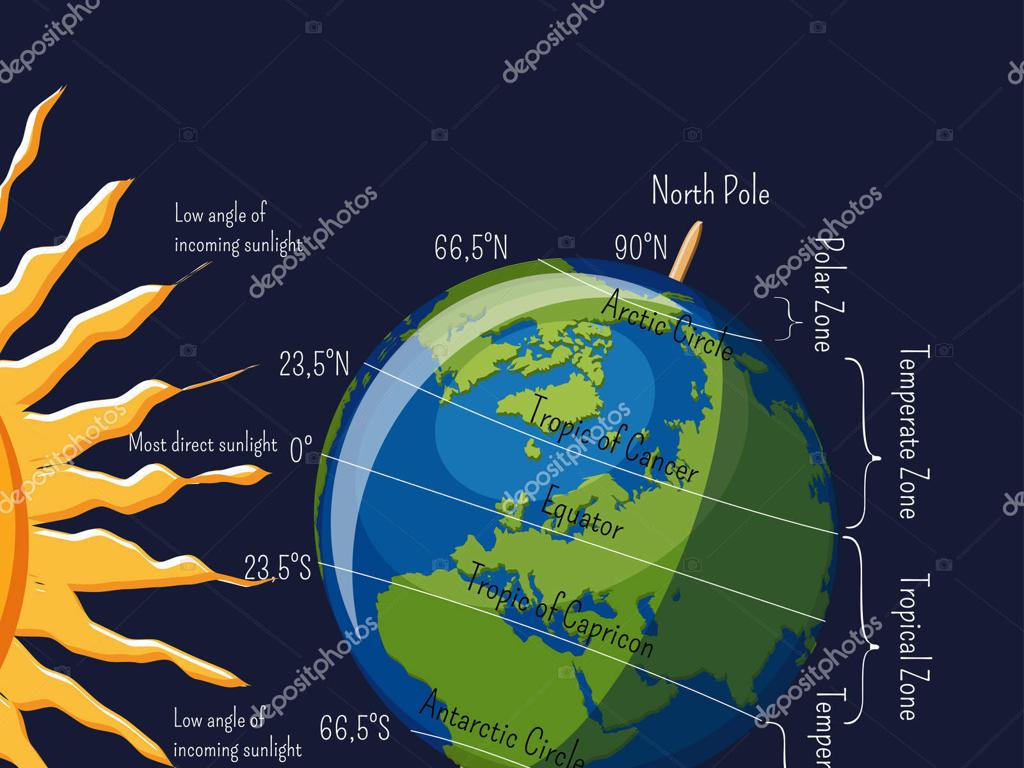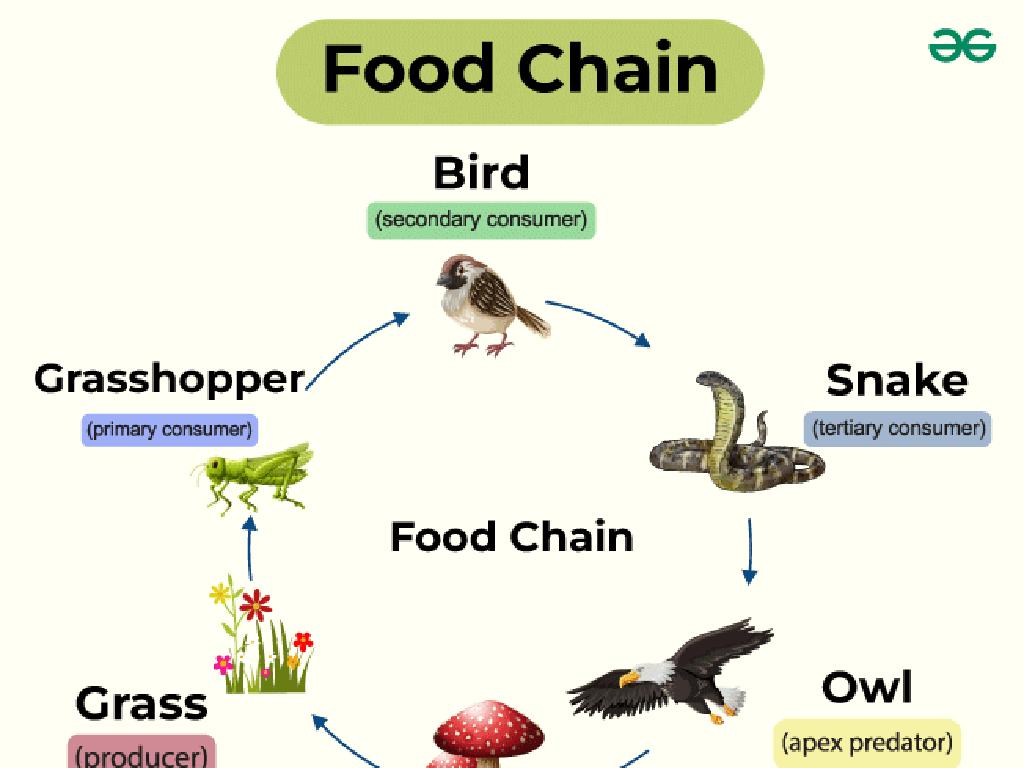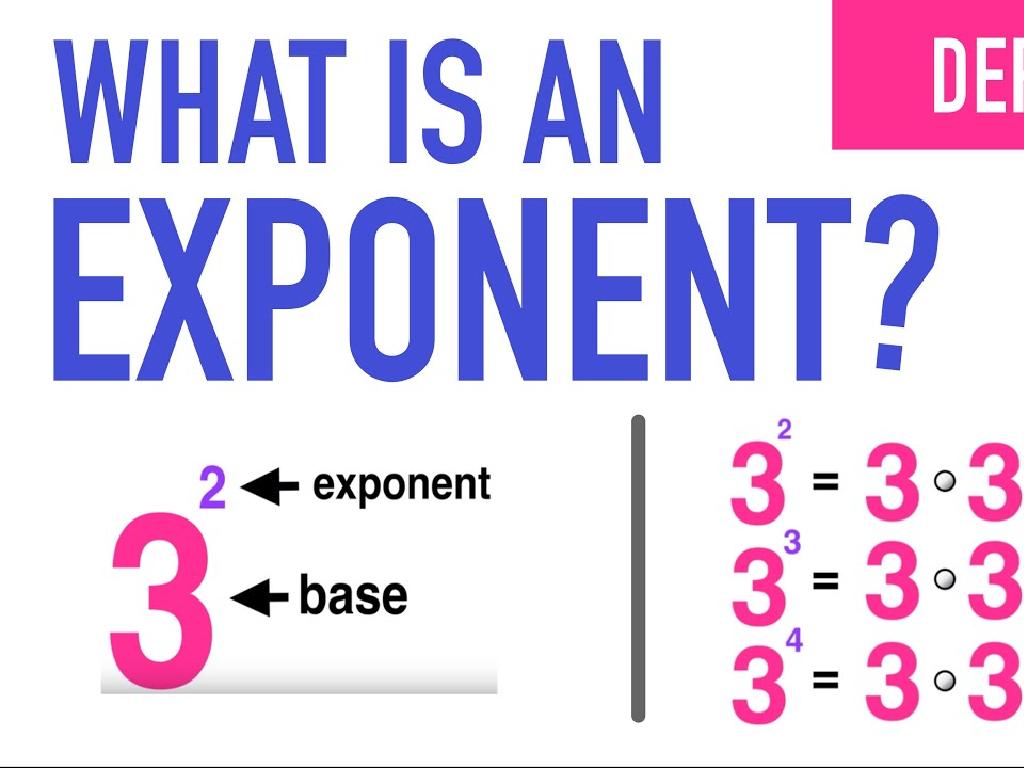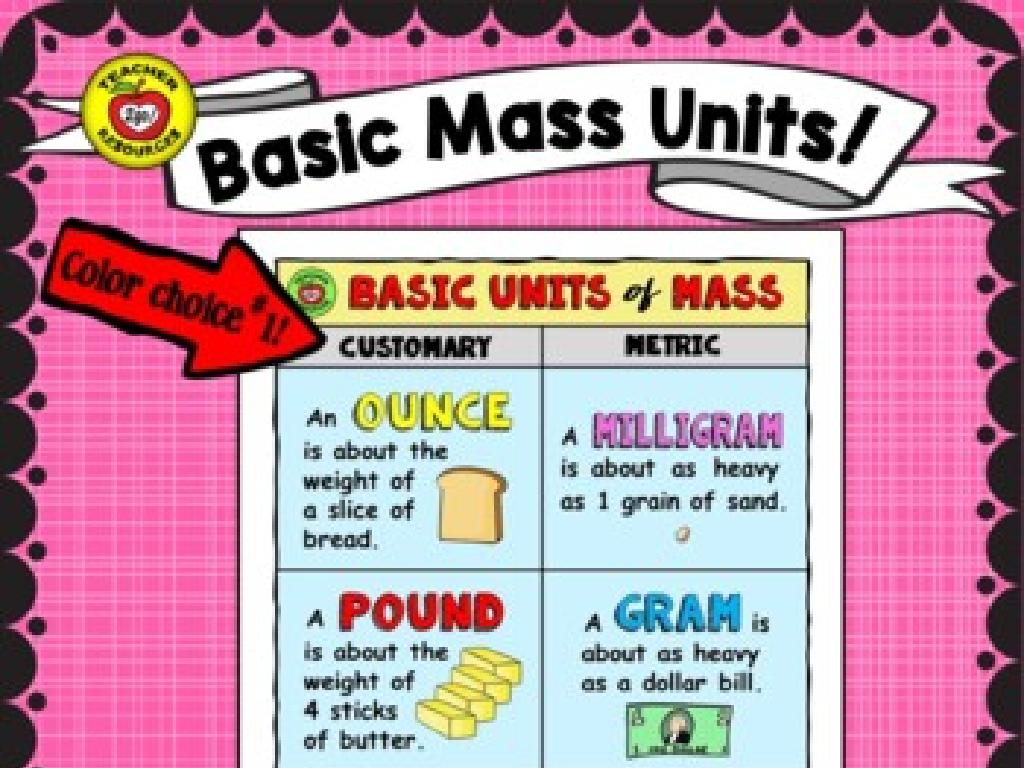Create Pictographs
Subject: Math
Grade: Second grade
Topic: Data And Graphs
Please LOG IN to download the presentation. Access is available to registered users only.
View More Content
Understanding Pictographs
– What is a pictograph?
– A chart that uses pictures to represent data
– Key elements of pictographs
– Pictures, a key, and titles help us read pictographs
– Why pictographs matter
– They make it easy to see and compare data
– Examples of pictographs
– Like showing how many apples kids ate in a week
|
This slide introduces the concept of pictographs to second graders, explaining that a pictograph is a type of graph that uses images or symbols to represent data, making it easier and more fun for them to understand and compare information. Emphasize the importance of each element in a pictograph, such as the images that represent quantities and the key that explains what each image stands for. Use relatable examples, like tracking the number of apples eaten by classmates over a week, to show how pictographs function in a real-world context. Encourage the students to think of their own examples and understand that pictographs are a visual tool to help us quickly grasp numerical data.
Understanding Pictographs
– Pictographs represent data visually
– Each picture equals a number of items
– If one ice cream picture represents 5 sales, 3 pictures mean 15 sales
– Pictographs simplify counting
– They make comparing data easy
– See which item is most popular at a glance
|
This slide introduces the concept of pictographs to second-grade students. Begin by explaining that a pictograph is a type of chart that uses pictures or symbols to show data, making it easier for young learners to understand and interpret information. Each picture in a pictograph will represent a certain number of items, which allows students to count by multiples, aiding in the development of their multiplication skills. Emphasize how pictographs can help compare different categories, such as the number of apples vs. oranges sold in a week, by simply looking at the number of corresponding pictures. Encourage students to think of their own examples and discuss how pictographs are used in real life, such as in newspapers or online articles.
Parts of a Pictograph
– Pictograph Title
– Tells us the topic of the pictograph
– Key Explained
– Each picture equals a number
– Data Categories
– Groups or types of information
– Pictures as Data
– Symbols representing numbers
|
This slide introduces the basic components of a pictograph to second-grade students. The title of a pictograph informs us about the subject of the data being represented. The key is crucial as it explains what each picture stands for, such as one ice cream cone representing 5 sales. Categories are the different aspects of data we are comparing, like types of fruits in a fruit sale. Pictures are the visual elements that take the place of numerical data, making it easier for children to understand and interpret the information. Encourage students to think of pictographs as a storytelling tool in math, where pictures help to visualize quantities and comparisons. In the next class, students can practice creating their own simple pictographs using stickers or drawings to represent data collected from a classroom survey.
Creating Our Pictograph
– Choose a pictograph topic
– Decide on the categories
– Determine picture value
– Each picture could represent one or more items
– Draw pictures for data
– Use simple images to represent data clearly
|
This slide is designed to guide second-grade students through the process of creating a pictograph. Start by selecting a topic that is familiar and engaging for the students, such as favorite fruits or pets in the class. Next, decide on the categories that will be represented in the pictograph, ensuring they are relevant to the chosen topic. Then, determine what each picture will represent; for example, one apple drawing could equal two apples. Finally, have the students draw the pictures that correspond to the data collected, making sure the images are simple and easy to understand. The activity should be interactive and fun, allowing students to apply their counting skills and understand how pictographs represent data visually. Encourage creativity and ensure that each student understands the concept of using pictures to represent numbers.
Our Favorite Fruits Pictograph
– Count votes for each fruit
– Tally the number of votes for each fruit category
– Draw a picture for each vote
– Use a consistent symbol or picture to represent each vote
– Apples, Bananas, Oranges, Grapes
– One picture equals one vote
|
This slide is designed to introduce second-grade students to the concept of pictographs through a fun and relatable activity involving their favorite fruits. Start by explaining what a pictograph is and how it represents data visually. Then, guide the students to count the number of votes for each fruit category. Once the votes are tallied, instruct them to draw a specific picture or symbol to represent each vote for the corresponding fruit. Emphasize the importance of using the same picture for each vote to maintain consistency. This activity will help students understand how to organize and represent data in a pictograph format. Encourage creativity in choosing the pictures to represent the votes, and ensure that the key is clearly understood: one picture equals one vote. This hands-on activity will reinforce their understanding of data representation and interpretation.
Let’s Practice: Making a Pictograph!
– Vote for your favorite color
– Each vote equals one shape
– We’ll use a specific shape to count votes
– Shapes show our color choices
– Blue might be circles, red squares, etc.
– Our votes create a pictograph
– See how each shape forms a data picture!
|
This activity is designed to help students understand how data can be represented visually through a pictograph. Start by having each student vote for their favorite color. Assign a shape to each color, and for every vote a color gets, add that shape to the pictograph. This will help students see how individual pieces of data come together to form a larger picture. It’s a fun and interactive way to learn about data representation. For the activity, prepare different colored shapes and a large paper or board to create the pictograph in class. Encourage students to observe the changes as the pictograph is formed and discuss what they notice.
Class Activity: Make Your Own Pictograph
– Choose a favorite topic
– Create categories for your topic
– Decide on pictures for data
– Each picture represents a number of items
– Draw your pictograph
– Use poster paper to make your pictograph
– Present to the class
– Explain your pictograph to your friends
|
This activity is designed to help students understand how to represent data visually through pictographs. Start by allowing students to select a topic they are interested in to keep them engaged. Guide them to think of categories related to their topic and what kind of data they might collect. Each student will then decide on a symbol or picture to represent a certain quantity of their data. They will draw their pictograph on poster paper, ensuring that the pictures are evenly spaced and clearly represent the data. Finally, each student will have the opportunity to present their pictograph to the class, explaining what their data shows. This will help them practice their speaking skills and allow them to see a variety of ways pictographs can be used. Possible activities include creating pictographs of favorite fruits, types of pets owned, or different sports played.
Pictograph Wonders: Conclusion
– Excellent work on pictographs!
– Pictographs turn data into fun
– They use pictures to represent numbers
– Share info with pictographs
– Show your friends what you’ve learned
– Pictographs help us learn
– Visual learning is powerful and engaging
|
Congratulations to the class for learning how to create pictographs! Pictographs are a fantastic tool for making numerical data engaging and accessible, especially for visual learners. By using images to represent data, children can more easily understand and interpret information. Encourage the students to use pictographs in different scenarios, like presenting how many fruits they eat in a week or keeping track of daily weather. This not only reinforces their understanding but also allows them to communicate information in a clear and fun way. As they continue to practice, they’ll become more confident in their ability to use pictographs to represent data in various contexts.

